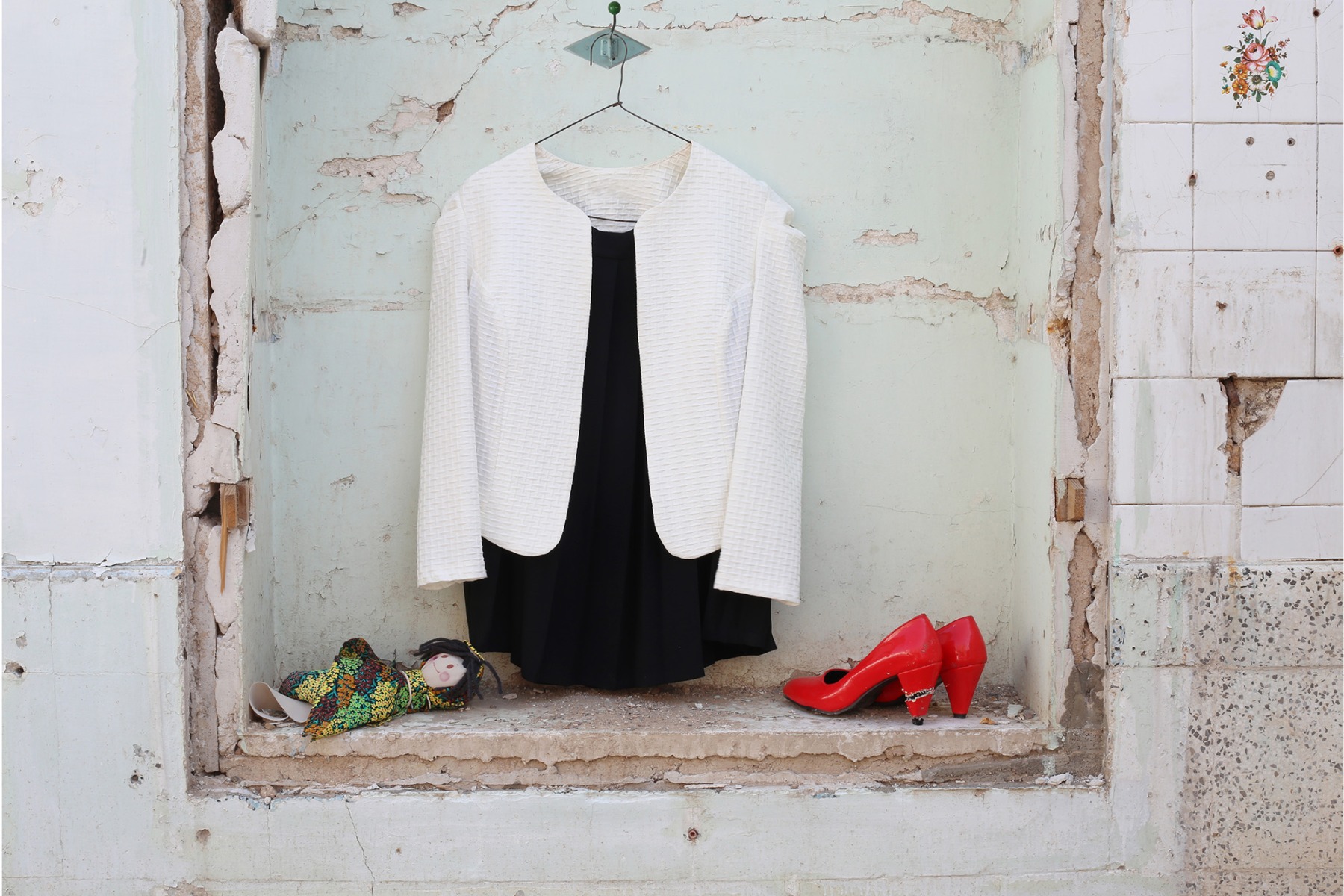Social history, unlike political history, examines various aspects of life and culture from a bottom-up perspective—how governmental regulations affect people’s lives and behaviors. It delves into the processes and outcomes of human actions to provide a more complete picture of a period, beyond the achievements of political or intellectual history.
Orhan Pamuk, a Turkish writer, portrays a part of Istanbul’s history by writing the historical novel “The Museum of Innocence,” set in Istanbul, and by collecting objects related to fictional characters and events in the novel, establishing a personal museum in a building in Istanbul. He sees the philosophy behind setting up a museum as overcoming the linear course of time. In his novel, in accordance with Aristotle’s theory, he views time as having two aspects: the timeline (which ends in death) and the present time. According to Pamuk, this timeline connects all objects and moments, but contemplating this temporal course is very painful because it leads towards death. Yet sometimes these moments we call “now” can bring such joy and pleasure that it lasts for a century. The author considers collecting objects related to his lover as preserving these present moments. He believes objects have a soul that preserves and conveys the historical essence of the moment forever. For me, my hometown of Zanjan was akin to Pamuk’s character “Fusun,” his lover, which inspired me to try and document the existing artifacts by collecting objects related to each story and arranging them as a visual record.
This personal interest stemmed from the absence of written sources about cultures, rituals, and stories, and the fear of losing the customs and traditions of a period when my grandparents and parents lived. This led to the collection of stories, events, and the lives of the people of Zanjan from the 1920s to the 1950s, aiming to document a part of Zanjan’s social history.
Human sensory perceptions are one of the most important components in social history studies. The necessity of documenting Zanjan’s social history compelled me to attempt documenting the existing artifacts by collecting objects related to each story and arranging them visually. The result was an exhibition combining photography, literature, and arrangement, allowing viewers to touch, smell, taste the objects in the photos, and listen to the stories they represent.
Ooja-Daban
A year had passed since Khanom Jan's death when they decided to look into her chest. They were curious to know what she had hidden inside, always wearing the key to its lock around her neck. When the chest was opened, they found nothing but a pair of shoes and a fabric doll. Only Fakhr ol-Molouk knew the secret of those shoes. Every time Khanom Jan passed by the cobbler’s shop in the market, she would involuntarily gaze at the display, hoping to find something similar and look at it with longing. The red patent leather shoes with their delicate high heels took Fakhr ol-Molouk back to her memories of being four years old when those red shoes were the only color among her gray recollections. That gray day was when the family was invited to a relative’s wedding. According to tradition, the women’s celebration was on an afternoon in late autumn. Khanom Jan dressed Fakhr ol-Molouk in a white muslin dress she had sewn herself, and under her floral chador, she wore a newly bought pleated skirt and a loose white coat. Despite still having two weeks left before giving birth, she squeezed her swollen feet into the red high-heeled shoes and they headed to the wedding. The walk to the wedding house wasn't far. Apart from the main streets which were paved, the rest of the alleys were either dirt or sporadically cobblestone. A few alleys from the wedding house, the heel of Khanom Jan's shoe got caught in a cobblestone groove, and both she and Fakhr ol-Molouk fell, hand in hand. They struggled to reach the celebration. Khanom Jan instructed Fakhr ol-Molouk not to elaborate on the incident when Aghajan arrived for the dinner feast. Fakhr ol-Molouk was thrilled that after the feast, Aghajan would hold the mirror and candelabra and lead the procession carrying the bride’s trousseau from the groom’s father’s house to the bride’s father’s house, swaying to the beat of Mrs. Maqbool Khanom's drum. However, Khanom Jan hid the increasing pain in her lower abdomen from Aghajan, fearing it would ruin everyone’s joy, and she painfully dragged herself along with the crowd. She concealed her pain until morning, but before Aghajan left for work, her pain became unbearable and she cried out. Aghajan rushed to fetch Kolsoom Mama, the midwife. Kolsoom saw no other option but to deliver the baby to save the mother. Aghajan’s anxiety turned to rage when the news came that the newborn had not survived. His anger exploded upon the shoes, and while cursing the host of the wedding in the middle of the courtyard, he sawed off the heels of the shoes.


